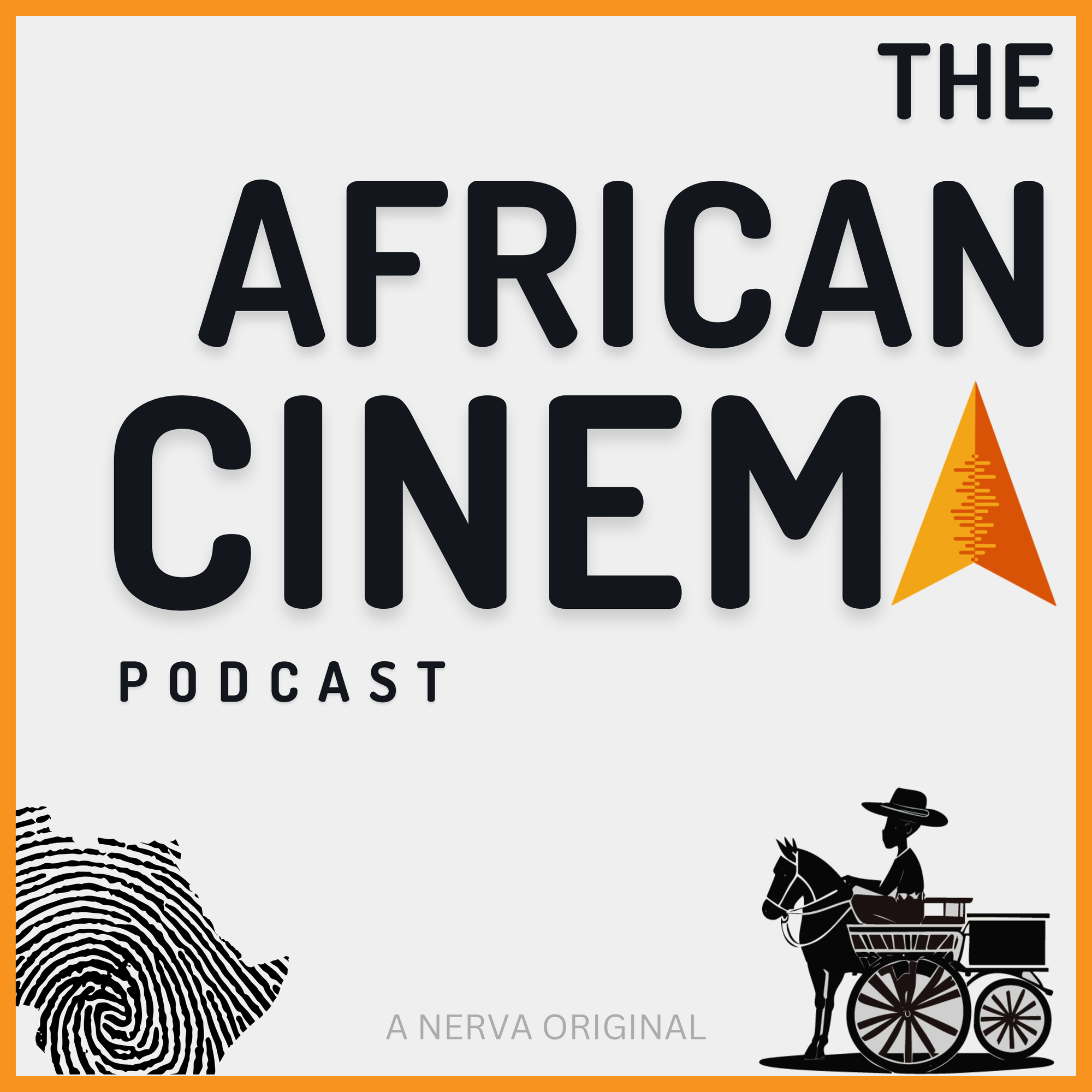Spotify | Apple Podcasts | YouTube
This episode examines South African cinema during the apartheid era (1948-1994), exploring how filmmakers worked within, challenged, and sometimes supported the government's cultural control. Through studying government rules, artistic resistance, and the complex ways movies were made under harsh rule, we discover how creative expression survived despite systematic oppression.
The apartheid government's cultural policies completely changed South African cinema, creating two separate artistic worlds where government-approved films existed alongside underground resistance cinema. The regime's Publications Control Board and film censorship system tried to control story frameworks but accidentally encouraged new forms of artistic rebellion. This period saw the development of a unique cinematic language that used hidden meanings, symbols, and coded messages to avoid government watching while still criticizing racial segregation.
This cinematic period established foundational elements that would influence post-apartheid South African cinema, including sophisticated approaches to trauma representation, innovative narrative structures accommodating multiple linguistic traditions, and the integration of documentary and fictional techniques. The era's artistic innovations continue to resonate in contemporary South African cinema, demonstrating how creative expression under extreme constraint can generate enduring aesthetic contributions to global cinema.
Institutional Frameworks
The Publications Control Board worked as the main censorship system, setting strict rules for acceptable movie content while accidentally creating spaces for artistic resistance through unclear interpretations.
The National Film Board promoted government-approved documentaries and educational films that supported apartheid ideology, but also provided technical equipment that underground filmmakers would later use.
Alternative exhibition networks developed through church halls, community centers, and international film festivals, creating separate distribution systems that allowed resistance cinema to reach audiences despite official restrictions.
Pivotal Filmmakers
Gibson Kente pioneered township musical cinema, transforming theatrical traditions into movie narratives that celebrated Black cultural identity while subtly criticizing social conditions.
Jans Rautenbach became a controversial figure whose films like "Katrina" (1969) challenged Afrikaner cultural beliefs, showing how white filmmakers could participate in artistic resistance.
Lionel Ngakane represented the exile experience, creating films outside South Africa that maintained connections to liberation struggles while developing international artistic perspectives.
Subscribe to receive episode notifications, exclusive content, and in-depth analysis of global cinema movements.
Follow us on LinkedIn to join the conversation!
Buy Me a Coffee: Support our podcast - Every contribution helps us maintain our research standards and production quality while keeping our content freely accessible to all listeners.

